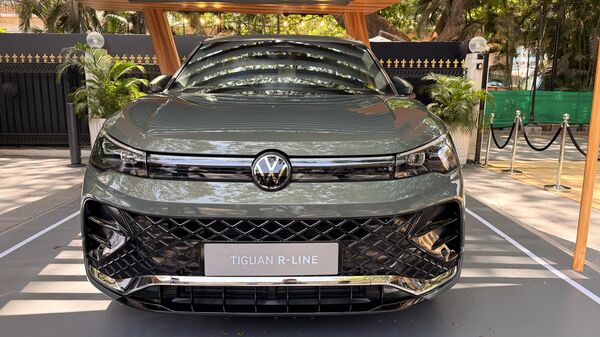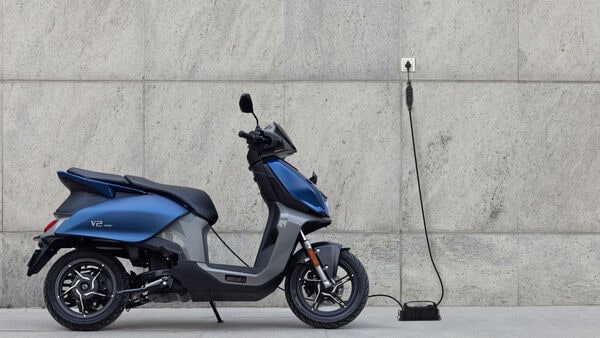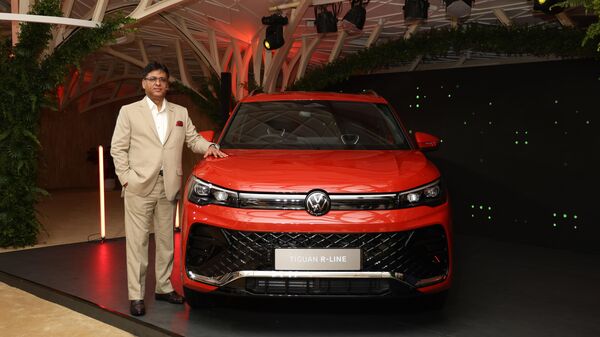
Thar to Thar Roxx, tracing the journey from slow start to T20-style gameplay
7 months ago | 109 Views
Once upon a time, Mahindra Thar was a robust SUV that no one cared much about. It was enormously capable of course but back in the early 2010s, the Indian car-buying audience was still far more taken by smaller and more fuel-efficient vehicles that didn't quite cost a bomb. The first-generation Thar, therefore, may have been launched in late 2010 with tepid expectations of catering to a very niche set of audience. Fast-forward to today and the Mahindra Thar is every bit as capable, every bit as iconic but now far more omnipresent. So what has changed? The SUV and the Indian car buyer, both.
The first-generation Thar was a standout machine in a field filled with compact and hatchback vehicles. Options in the SUV body type were still way too few and way too expensive. The likes of Ford EcoSport, Renault Duster and even the Hyundai Creta were several years away and around when the first-generation Thar was launched, the market was dominated by the likes of Maruti Suzuki WagonR, Omni and Tata Indica, each selling over a lakh units in 2010. In comparison, the first-gen Thar took nine years to hit a comparatively paltry sales mark of 60,000 before being discontinued. But why?
Assessing first-generation Mahindra Thar: Right SUV, wrong time?
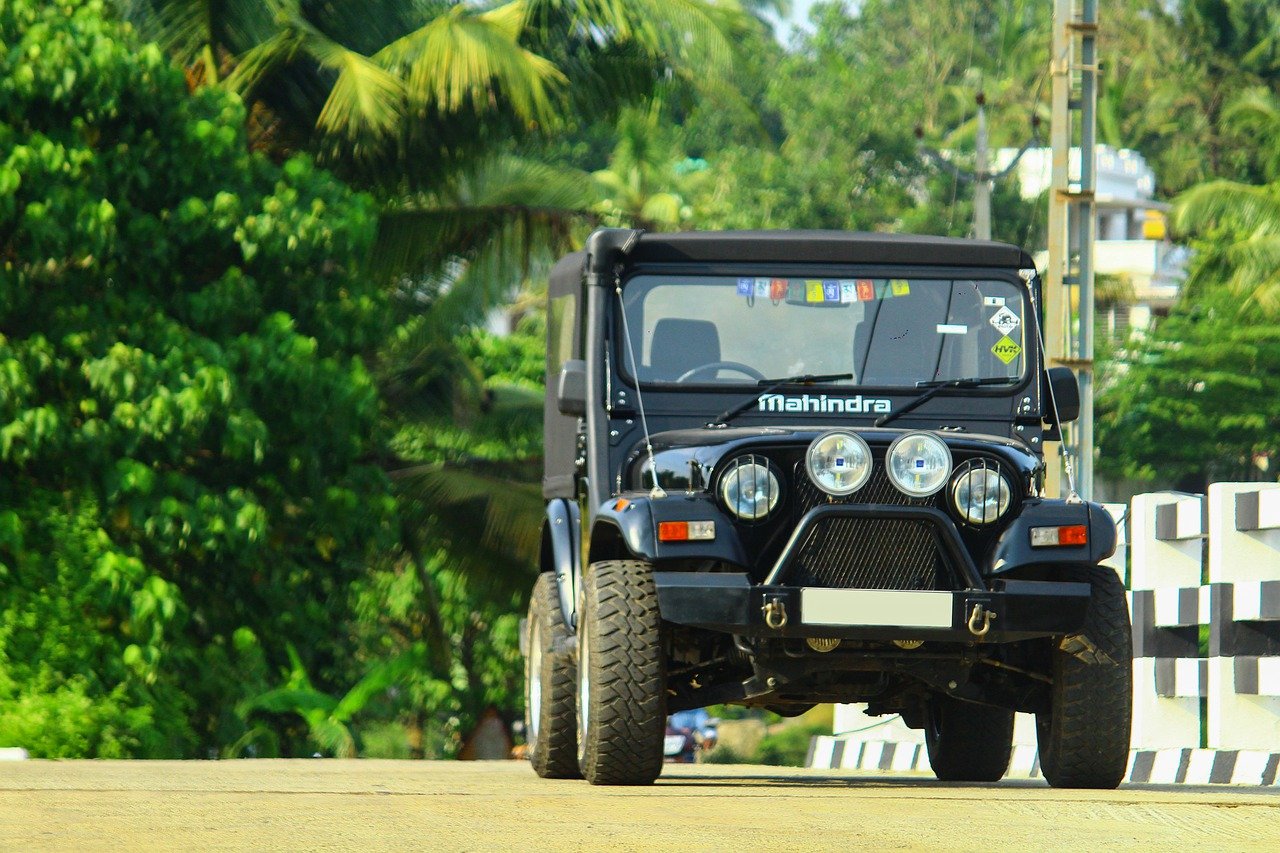
Did you know that the Thar launched in late 2010 had a base price of ₹6 lakh (ex-showroom)? Unbelievable as that price may seem today, the Thar did not exactly suit the middle-class buyer's budget at the time. A large SUV that would be a hassle to park, three-door setup and off-roading capabilities that won't be used, there were many use-case scenarios too that did not appeal to the buying sensibilities of the time. The people-moving Toyota Innova at the time was at ₹7.50 lakh (ex-showroom) and was far more practical. Or for the budget buyer, the Omni began at ₹2 lakh and WagonR base was somewhere in the region of ₹3.50 lakh (ex-showroom). Fuel efficient? Sure. Reliable? Obviously. Bragging rights? Umm, not needed perhaps.
Even with passing years, and even with SUVs of different body shapes finding favour, Thar remained way too niche to warrant an investment. So even as the likes of EcoSport, Duster and Creta catered to growing aspirations of the Indian mass-market buyer by offering stylish SUV designs and feature-rich cabins, Thar was confined to the sidelines.
Second-generation Mahindra Thar: From drawing board to drawing out SUV buyers
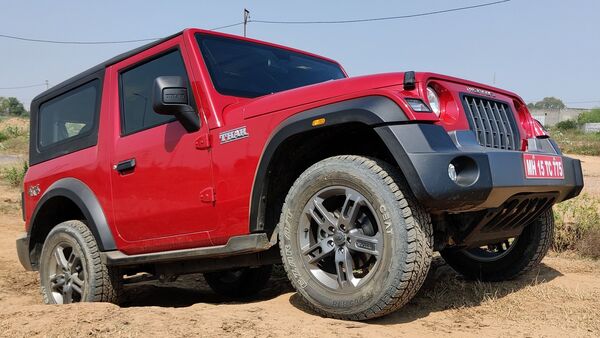
Mahindra paused. Mahindra assessed. Mahindra delivered. This is no claim. This is a fact. It took the second-generation Thar - launched in October of 2020 - all of one year's production to race past the 60,000 units that the first-generation Thar had sold in all its years of existence. So what happened all of a sudden and why did India rush in to drive back in the Thar.
Reasons are many of which the most prominent are three - feature-packed cabin, contemporary looks and increasing desires to own a vehicle that dwarfs others. These are factors that are still at play in the Indian car market till date, four years since the second-generation Thar touched down.
What the second-generation Thar did, and did remarkably well, was to retain the boxy body type - ladder on frame in automotive parlance - while equipping stylish design elements and features. Alloy wheels and dual-tone bumpers anyone? Speaking of features, the cabin too was loaded with an infotainment screen with Apple CarPlay and Android Auto, coloured TFT display, air-conditioning, roof-mounted speakers, power windows and several cutting-edge safety features. While some of these were basic even in 2020, all of these were a first for the model.
And to further accelerate sales, Mahindra would launch a more affordable Thar RWD or Rear-Wheel Drive version, again a first for the model, in January of 2023. This was a recognition of the fact that many potential Thar buyers may still be unwilling to pay for 4x4 tech because of still limited use-case scenarios for hardcore offroading.
Mahindra Thar Roxx: What's the big deal with five doors anyway?
Everyone seemed to want a Thar. But not everyone saw it as a practical option still. While 1.85 lakh units in sales over four years is a massive step up for Thar, the number could have been higher still if those rear seats had more space and access was more conventional than through the tiny passage past the folded front seats.
And this is what the Thar Roxx has done. A five-door SUV is dime a dozen in the Indian car market. But on the Thar, it just eliminates the main complaint against the SUV. Plus there is more backseat space too. And Mahindra is confident of its target audience. Little wonder the company has made only passing mention of Thar Roxx's legendary off-road capabilities. Instead, the brand has underlined the feature updates here - panoramic sunroof, updated infotainment screen, ventilated seats, Harman Kardon sound system, C-shaped DRLs - a whole lot is just a whole lot that's new.
It almost appears as if Thar Roxx wants to ensure that no one gets left behind if out shopping for a mid-size SUV. The target is not just to retain its medal for being an off-road beast but one that is a well-armoured warrior too.
The Thar Roxx has also grown in size. It is now well over 4 meters in length and the wheelbase has gone up too. Cargo area has enlarged as well. And so has the drive and ride quality because of a change in suspension set up and more refined engine options.
Roughly around ₹1 lakh more expensive for every comparable variant of the Thar, the Thar Roxx is still trying to underpin heavyweights in the mid-size SUV segment, ones that have not exactly been considered its direct rivals so far. The likes of Hyundai Creta, Kia Seltos, Maruti Suzuki Grand Vitara or even Mahindra's own Scorpio-N and XUV700 will face the heat in the times to come. And barring Creta perhaps, no other model in this segment has the iconic status that the Thar has had. Will the Thar Roxx be the most valuable player in the Mahindra camp and will it take down its newfound direct rivals?
Read Also: Hyundai Exter Hy-CNG Duo vs Tata Punch iCNG: Which CNG micro SUV to go for
#

